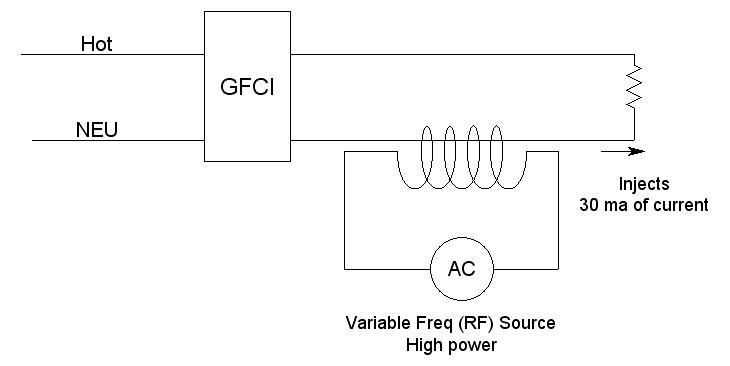weressl said:Could we agree that when an equipment that is equipped with a grounding conductor will activate the GFI faster if there is a ground fault to the metallic case
We can agree but, in this case we wouldn't need a GFCI at all, the EGC being a low impedance path back to the source would cause the OCPD to open. This is the theory behind the exception to using GFCI's in 590.6(B)(2), with an assured grounding program GFCI's are not necessary.
Note; I'm not saying that GFCI's are not a good idea even with the assured grounding program in place.
Roger


